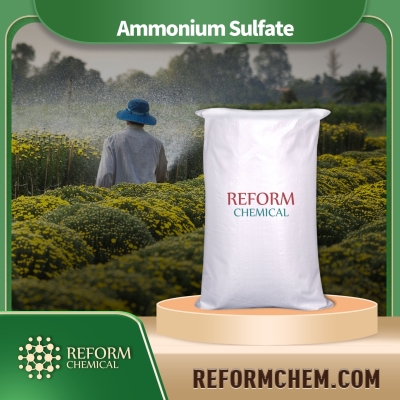-
Categories
-
Pharmaceutical Intermediates
-
Active Pharmaceutical Ingredients
-
Food Additives
- Industrial Coatings
- Agrochemicals
- Dyes and Pigments
- Surfactant
- Flavors and Fragrances
- Chemical Reagents
- Catalyst and Auxiliary
- Natural Products
- Inorganic Chemistry
-
Organic Chemistry
-
Biochemical Engineering
- Analytical Chemistry
-
Cosmetic Ingredient
- Water Treatment Chemical
-
Pharmaceutical Intermediates
Promotion
ECHEMI Mall
Wholesale
Weekly Price
Exhibition
News
-
Trade Service
3,6-Dihydro-3-methyl-N-nitro-2H-1,3,5-oxadiazin-4-amine is a molecule with a unique set of properties that make it highly useful in a variety of applications in the chemical industry.
This molecule is commonly referred to as DINH (3,6-dihydro-3-methyl-N-nitro-2H-1,3,5-oxadiazin-4-amine) and is a derivative of 3,6-dihydro-2H-1,3,5-oxadiazin-4-amine.
One of the key applications of DINH is as a versatile building block for the synthesis of a wide range of molecules.
Due to its unique chemical properties, DINH can be easily converted into a variety of different functional groups, which makes it an ideal starting material for the synthesis of complex molecules.
This property makes DINH highly useful in the development of new drugs, agrochemicals, and other specialty chemicals.
DINH is also used as a pharmaceutical intermediate.
Due to its ability to be converted into a variety of different functional groups, DINH can be used as a starting material for the synthesis of new drugs.
This makes it an important raw material in the pharmaceutical industry, where it is used to synthesize new drugs to treat a wide range of diseases and conditions.
Another application of DINH is as a catalyst for the polymerization of monomers.
DINH is able to initiate the polymerization of many different types of monomers, including acrylates, methacrylates, and styrenes.
This property makes it an important catalyst in the production of plastics and other polymer-based materials.
DINH is also used as an intermediate in the production of dyes and pigments.
Due to its ability to be converted into a variety of different functional groups, DINH can be used as a starting material for the synthesis of a wide range of dyes and pigments.
This makes it an important raw material in the production of textiles, paper, and other materials that require dyes and pigments.
In addition to these applications, DINH is also used in the production of other specialty chemicals, including Agrochemicals, Amino Acids, and other fine chemicals.
Overall, DINH is a highly versatile molecule with a wide range of applications in the chemical industry.
Its unique chemical properties make it an ideal starting material for the synthesis of complex molecules, and its ability to initiate the polymerization of monomers, to be converted into a variety of different functional groups, and to be used as a catalyst for the production of dyes and pigments make it an important raw material in the development of new drugs, Agrochemicals, and other specialty chemicals.







